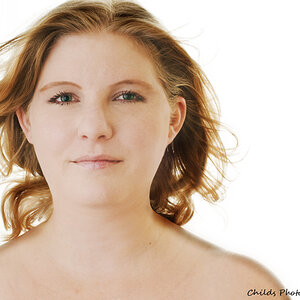jstuedle
No longer a newbie, moving up!
- Joined
- Jun 30, 2005
- Messages
- 4,889
- Reaction score
- 15
- Location
- S.E. Indiana
- Website
- www.picture-daddy.com
- Can others edit my Photos
- Photos NOT OK to edit
I came across a comparison on a site recently that compares Fuji Velvia 50 ISO slide film against the Nikon D1X at 125 ISO. Some might be surprised that the Nikon D1X has an output slightly better than the slide film, and the site does a good job documenting this. See for yourself at: http://www.millhouse.nl/digital_vs_film.html For those of use shooting the "old" Nikon, this is of little surprise. But it's nice to see it so well documented.


 But then I figured you must be talking about the wider dynamic range that print film captures in terms of hi-light/shadow detail - yes?
But then I figured you must be talking about the wider dynamic range that print film captures in terms of hi-light/shadow detail - yes?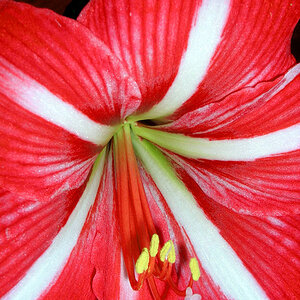
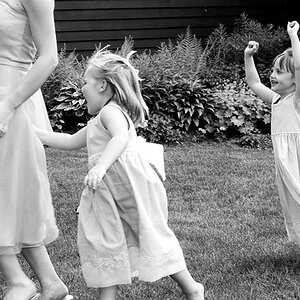

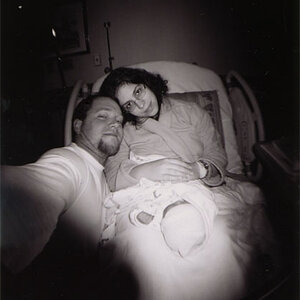


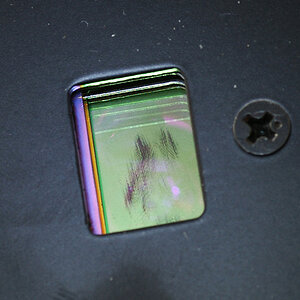
![[No title]](/data/xfmg/thumbnail/42/42060-f597479f8fd78d4bb4d17e7686fb0812.jpg?1619739996)
